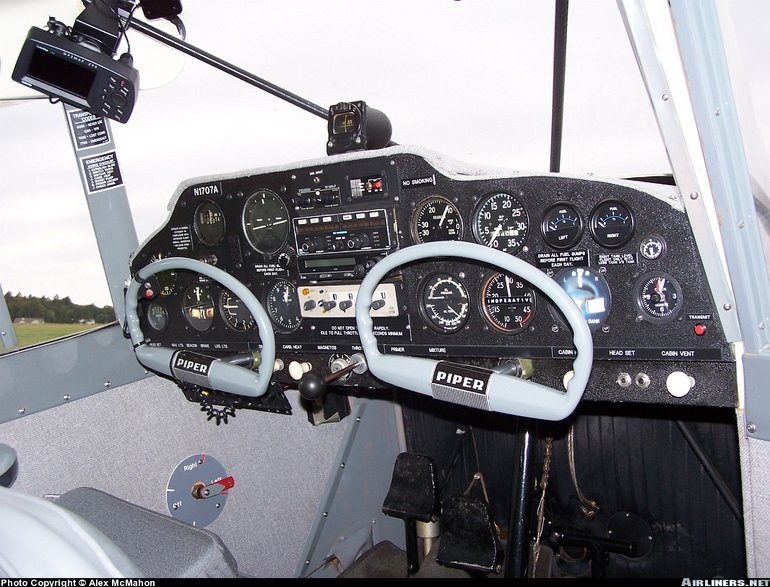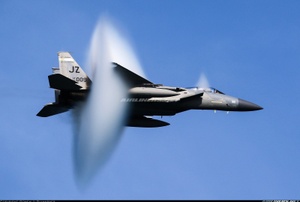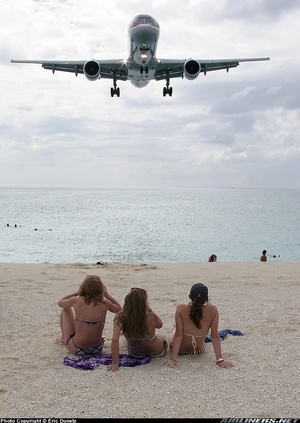Piper PA-20/22 Pacer/Tri-Pacer/Caribbean/Colt
Details
Country of Origin
United States of America
Type
Two and four seat light aircraft
History
The Pacer and Tri-Pacer designs were Piper's volume selling four seaters from 1949 through to the introduction of the Comanche and Cherokee in the early 1960s, while the Colt was a two seat training derivative of the Tri-Pacer.
The original tail dragger PA-20 Pacer was introduced in 1949 alongside the two seat PA-18 Super Cub, and the prototype was powered by a 85kW (115hp) Lycoming O-235-C1 engine. The production aircraft had a 93kW (125hp) Lycoming O-290-D engine, and were available with a wooden fixed pitch propeller as the '125', and with a metal controllable pitch propeller as the '135'. In 1950 the PA-20 was also available with the 85kW (115hp) Lycoming O-235-C1 engine as the PA-20-115. The aircraft could be equipped with floats as the PA-20S. From 1952 the Pacer was powered by a 100kW (135hp) O-290-D2 engine as the PA-20-135. Production ended in 1954.
The tricycle undercarriage PA-22 Tri-Pacer initially augmented from 1950 the Pacer in production, powered by a 93kW (125hp) Lycoming O-290-D for 1951 and 1952, available with the same propeller options as the PA-20. From 1952 to 1954 the Tri-Pacer was powered by a 100kW (135hp) O-290-D2 engine, and in 1955 gained a 110kW (150hp) O-320-A2B engine and a higher takeoff weight, and a 120kW (160hp) O-320-B from 1958. For 1959 and 1960 Piper offered a lower spec less expensive version of the Tri-Pacer in the form of the PA-22-150 Caribbean.
The two seat PA-22-108 Colt was derived from the Tri-Pacer but had a less powerful 85kW (108hp) engine, lower maximum takeoff weight, no rear cabin windows, the removal of a rear door and less fuel capacity, but otherwise the two airframes were identical. Piper introduced the Colt to its lineup in late 1960, and the type remained in production for just over two years until the two seat Cherokee could be introduced. Colt production ceased in 1964 after almost 2000 had been built.
A number of PA-22s have been converted to PA-20 tailwheel configuration, for which a conversion kit was offered by Univair.
The Tri-Pacer and Colt were Piper's only high wing tricycle undercarriage aircraft, and the last in production to feature metal tubing and fabric covering construction.
Powerplants
PA-22-108 Colt - One 80kW (108hp) Lycoming O-235-C1B flat four piston engine driving a two blade fixed pitch propeller.
PA-22-150 Caribbean - One 112kW (150hp) Lycoming O-320-A2B.
PA-22-160 Tri-Pacer - One 119kW (160hp) Lycoming O-320-B
Performance
PA-22-108 - Max speed 193km/h (104kt), max cruising speed 173km/h (93kt). Initial rate of climb 610ft/min. Service ceiling 12,000ft. Max range with no reserves 1110km (600nm).
PA-22-150 - Max speed 224km/h (121kt), max cruising speed 212km/h (114kt). Initial rate of climb 725ft/min. Service ceiling 15,000ft. Range with standard fuel and no reserves 850km (460nm).
PA-22-160 - Max speed 227km/h (123kt), max cruising speed 216km/h (117kt). Initial rate of climb 800ft/min. Service ceiling 16,500ft. Range with standard fuel and no reserves 862km (465nm), with optional fuel 1054km (569nm).
Weights
PA-22-108 - Empty 447kg (985lb), max takeoff 748kg (1650lb).
PA-22-150 - Empty 499kg (1100lb), max takeoff 907kg (2000lb).
PA-22-160 - Empty 503kg (1110lb), max takeoff 907kg (2000lb)
Dimensions
PA-22-108 - Wing span 9.14m (30ft 0in), length 6.10m (20ft 0in), height 1.91m (6ft 3in). Wing area 13.66m2 (147sq ft).
PA-22-150 - Wing span 8.93m (29ft 4in), length 6.28m (20ft 7in), height 2.53m (8ft 4in). Wing area 13.7m2 (147.5sq ft).
PA-22-160 - same as PA-22-150.
Capacity
Pacer and Tri-Pacers (including Caribbean) typically seat four, while the Colt seats two side by side. Seaplane versions of the Tri-Pacer could seat three.
Production
Total PA-22 production of 9490 comprising 7641 Tri-Pacers and Caribbeans and 1849 Colts, while 1120 PA-20 Pacers were built.
Related Links
Piper PA-20/22 Pacer/Tri-Pacer/Caribbean/Colt
The backbone of this section is from the The
International Directory of Civil Aircraft by Gerard Frawley
and used with permission. To get your own copy of the book
click here.



















